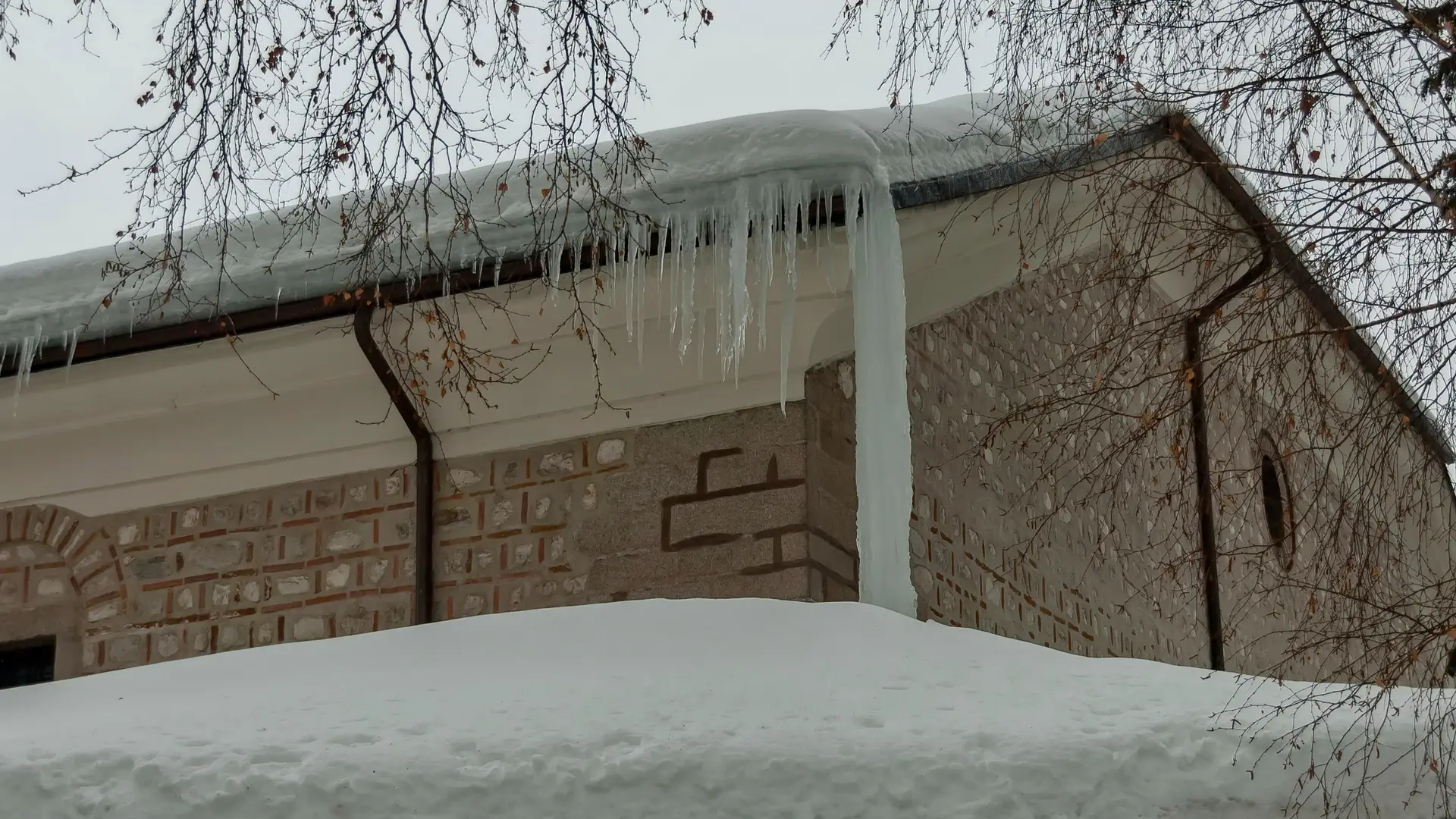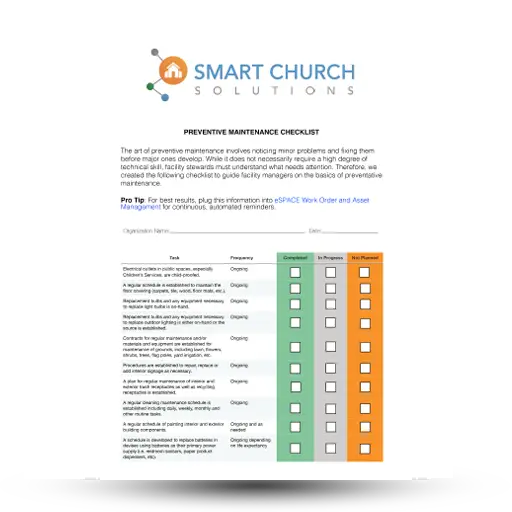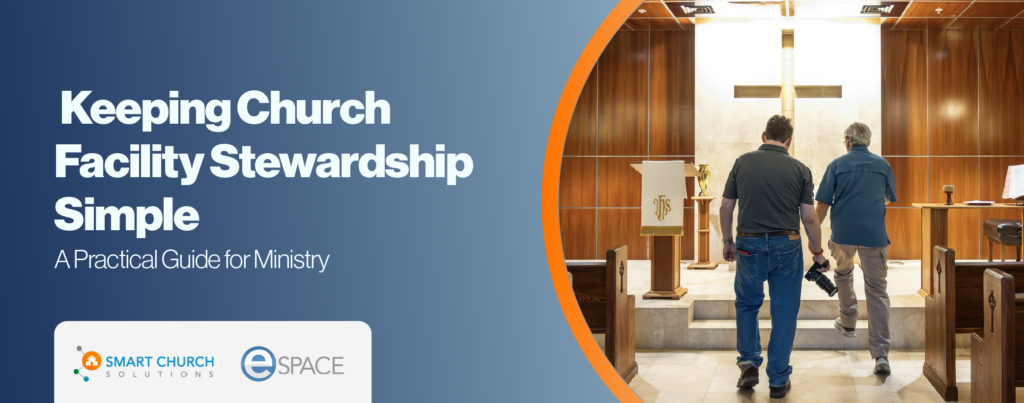With winter fast approaching, it is a wonderful time to look at some of the ways you can winterize your church facility. There are several valuable resources out there that detail many of the most common items to check. Our very own Nathan Parr wrote about winterizing your facility for CFX. Below are his thoughts and his points of reference.
Check Your Facility’s Outside Faucets
Outside faucets are one of the items you certainly want to check. If you experience even brief periods of freezing temperatures, adding simple insulation covers (typically available in any hardware store/department) is a cost-effective way to reduce the likelihood of broken pipes at the faucet. In addition to your outside faucets, I would also encourage you to look at your landscaping irrigation boxes and valves.
Many times, these boxes are not insulated, and irrigation lines can leak. Insulating irrigation boxes is vital if you are in a zone that can’t decide whether it will stay cold. A small concrete insulating blanket is a worthwhile investment to consider. You can cut the blanket into small sections for the different valve boxes, and the material can help reflect the slight amount of heat from the ground to help keep the valve just above freezing. A small blanket is probably less than one sprinkler service call.
Check External Access, Insulation, and Water Lines
Keeping in the exterior theme (sort of), check your mechanical rooms with external access doors. Particularly the rooms that only have access from the exterior. These rooms tend to be built on the other side of the insulated and conditioned space. This is also an area that plumbing lines can be found. A simple oil-filled electric radiator, plugged into a grounded timer, can help keep the space above freezing. Run it to 45-50 degrees from 1800-0600 (6 pm to 6 am).
Do you have an exterior-mounted chiller or boiler? Now is the time to check all the insulation on the water lines. This is the last place you want a line to freeze…and then explode the pump housing…and then have the boiler tubes explode…and then have to tell the pastors on Saturday night that there is no heat for the worship center…and then turning all the gas-fired heaters in the spaces that surround the worship to 90 and opening the doors to try to get heat….Sorry, a little bit of a flashback for me to a winter night in November.
Check Your Church Facility’s Equipment
That flashback reminds me, make sure as part of your winterization process that you know what type and size of equipment you have, so if you need to fix it, you can get it ordered quickly. Parts and equipment are delayed at this time; there may not even be the possibility of expediting anything as it simply may not be available.
Clean Roof Drains
Roof drains. I know, abrupt shift. If you have a flat to low slope roof, check your roof drains, scuppers, and the tops of the downspouts. Clean them out, do everything in your power to ensure unrestricted flow. Standing water is always the enemy, especially in the winter. Also, do not forget to look at the downspout. Clear the area in front of it, and make sure it is not too close to the ground. After a period of freezing temps, as it warms up, walk and recheck the downspouts. Clear them of any ice if necessary to allow the melting snow to drain from the roofs.
Offer Safe Accessibility
Keep in mind some of your accessible routes on the exterior can become your most treacherous. Due to the landing requirement, the ramped walkways can ice at the top and bottom of the ramped area, and the handrails can also ice over. Adding something to increase traction may be necessary. I’m not too fond of the ice melt or salt that many use, it has adverse secondary effects on other building surfaces, and I would rather clean up sand or even a clay-based kitty litter (non-clumping). For the handrails, it generally takes elbow grease and an ice scraper to remove any ice.
Electrical Service Panels
Finally, know where your main electrical service panels, water mains, and gas mains are located and how to shut them off. Should you experience a significant storm, disruptions in service and surges in the grid are likely, even as crews work to restore power. While you may not need to shut everything down, be prepared. At the very minimum, make sure all your critical systems have a battery backup and a shutdown procedure that works in the event of long-term power loss.
Closing Thoughts
I pray that this winter goes well for you and that you are better prepared than many of us in Texas last year during the “Snowpocalypse.” Many of the preceding items were lessons learned from that event.
The main thing: think through what could happen and do your best to address it. And always feel welcome to reach out to our team for support.









